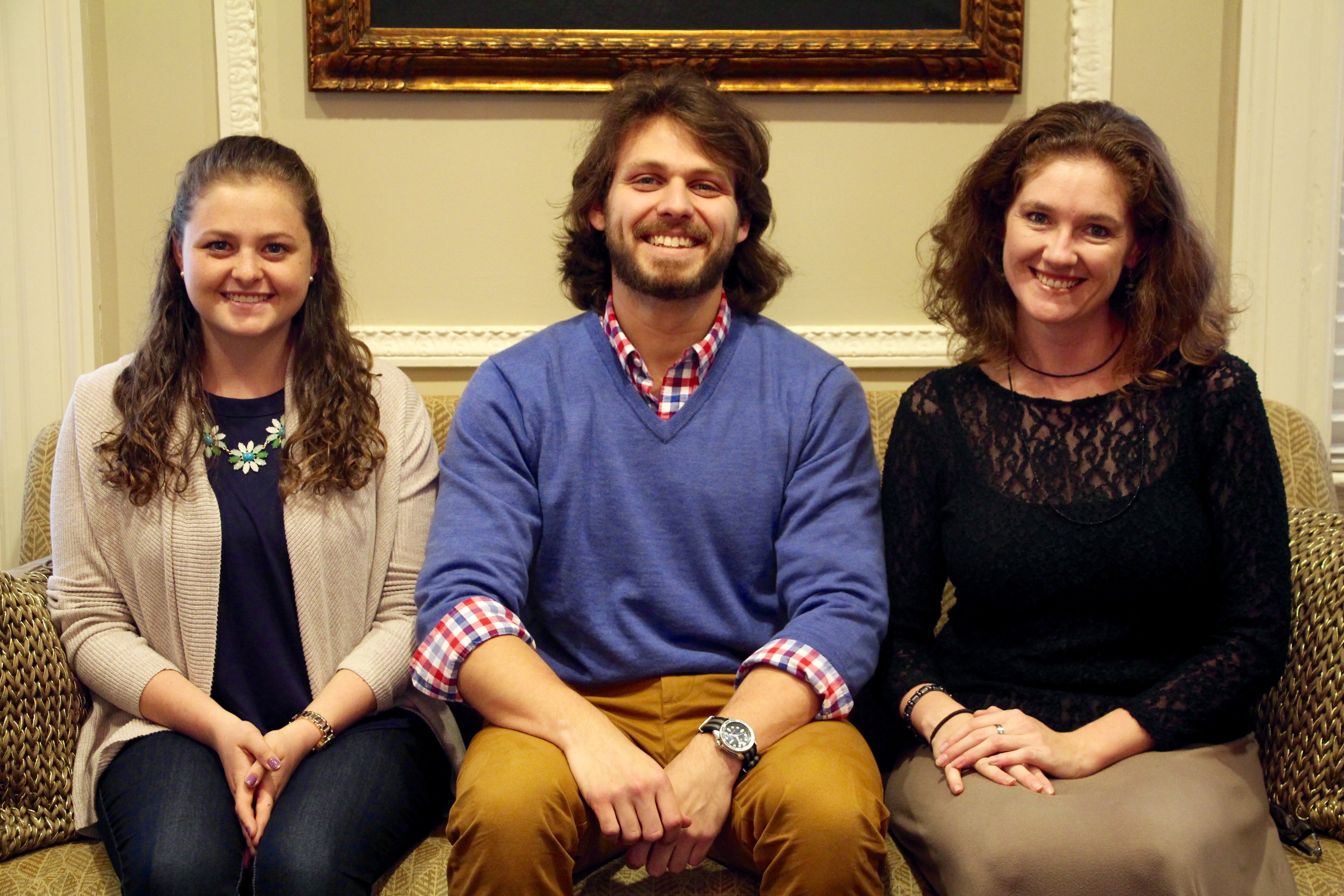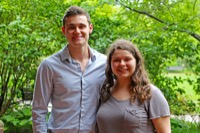


Water safety
Doctoral student studies natural radioactivity in Nubian Aquifer in Egypt
9:55 a.m., May 10, 2016--University of Delaware doctoral student Mahmoud Sherif is studying the origin and distribution of natural radioactivity in the Nubian Sandstone Aquifer System in Egypt.
The Nubian Aquifer is one of the most important groundwater basins in the entire world. Located underground in the eastern end of the Sahara desert, it is considered the world’s largest aquifer, spanning four countries in northeastern Africa (Egypt, Libya, Sudan and Chad) with corresponding formations in Jordan, Syria and the Arabian Peninsula. It underlies approximately 80 percent of the total land area of Egypt.
Global Stories
Fulbright awards
Peace Corps plans
“There is a huge reservoir of high quality groundwater in the Nubian Aquifer system, but in some places such as Jordan, the water has been found to contain levels of radium that are unsafe for human consumption,” Sherif said.
Sponsored to study at UD by the Egyptian Ministry of Higher Education, Sherif is conducting a systematic regional survey of the origin and distribution of natural radioactivity from radium, uranium and radon, and other heavy metals. The work is aimed at understanding the conditions under which groundwater may become unsafe for human consumption, in order to help guide water resource management strategies in Egypt.
Scientists suspect the radium is being released from natural sources deep within the aquifer. No one knows for sure.
Water-rock interactions
During his master’s work, Sherif studied how rocks form, including identifying their magma type and the way they change over time. Specifically, he focused on understanding and interpreting radioactivity in rocks from chemical elements like radium and uranium, work that now helps him understand water-rock interactions.
Last fall at UD, he began by analyzing samples previously collected by Neil Sturchio, chair of UD’s Department of Geological Sciences, in Sinai, which is located in Egypt’s northeastern region.
In January, he traveled to Egypt’s Western Desert to collect water samples from groundwater wells there.
“The Western Desert’s landscape, or geomorphology, is comprised of flat sedimentary rock. This is different from the geomorphology in parts of the Middle East where it is more mountainous with abundant felsic igneous rocks. I’m curious about how differences in regional geology control variations in water chemistry of the Nubian aquifer,” he said.
According to Sherif, it takes 10 gallons of water to accurately measure the amount of radium in the well. To obtain accurate measurements, Sherif flushed water from the aquifer through a plastic column filled with manganese oxide-coated fibers, 10 gallons at a time. As the water passed through the column, the manganese fibers captured the radium, allowing it to be easily transported back to UD for testing.
Once back in Sturchio’s Penny Hall lab on UD’s Newark campus, Sherif used gamma ray spectroscopy — used to detect radiation — to measure the amount of radium contained within each fiber sample. He also analyzed water samples taken from the aquifer to study the water chemistry, including the water’s pH, dissolved oxygen level, conductivity, reduction potential and temperature.
“We are trying to understand the natural geochemical conditions under which groundwater may become unsafe for drinking,” he said. “If we find an element in higher concentrations than usual, it reflects some of the chemical processes occurring inside the aquifer and maybe these processes affect other elements like radium.”
One burgeoning question is why radium levels would be higher in one place than another if all of the water comes from the same aquifer. Sherif hypothesizes that the bedrock of a particular area may contribute to localized results.
While he doesn’t have many answers yet, Sherif remains focused on providing scientific data about the levels of radium present in the Nubian Aquifer system.
“Egypt’s population numbers are growing. Water from the Nubian Aquifer is needed for irrigation, but also for freshwater, drinking water. As the country’s population expands, we must make sure that Egypt’s water resources remain safe,” he said.
This summer, Sherif plans to take additional water measurements in the Eastern Desert of Egypt. He also hopes to explore coastal aquifers to learn whether seawater intrusion affects the chemistry within an aquifer, specifically whether it changes the distribution of radium.
About sponsored students
University of Delaware is currently home to 130 sponsored international students from 25 countries across the globe including Afghanistan, Brazil, Colombia, Ecuador, Iraq, Mexico, Mongolia, Oman, Saudi Arabia, Turkey and Ukraine, to name a few.
UD’s sponsored students are funded by more than 30 governments, institutions and organizations worldwide.
The UD sponsored student coordinator Vina Titaley serves as a liaison between sponsored students, sponsoring organizations and the University.
Housed within UD’s Institute for Global Studies, Titaley works collaboratively with numerous individuals and University departments to ensure the success of the sponsored student experience at UD.
Article by Karen B. Roberts
Photos by Evan Krape and courtesy of Mahmoud Sherif










